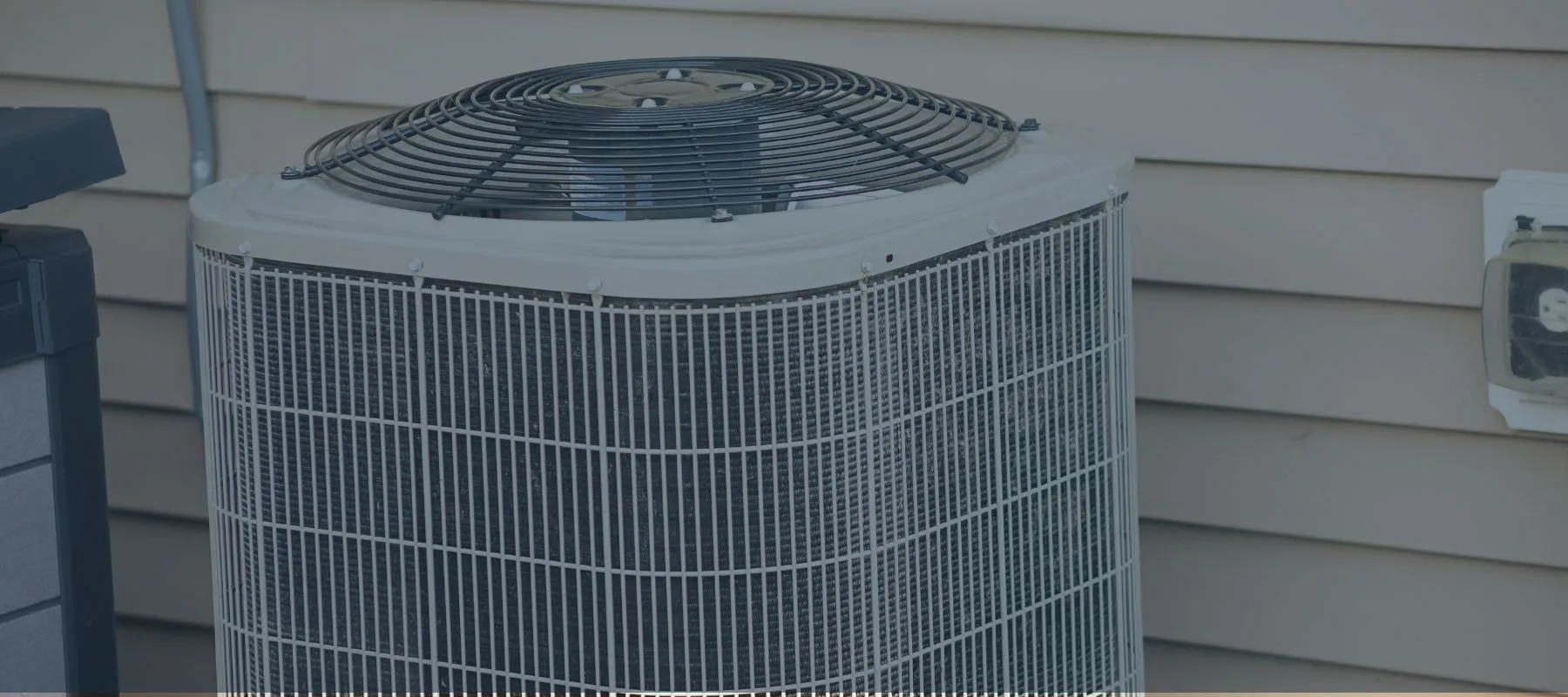How To Pick The Best AC System For Comfort And Savings
When it’s time to upgrade your cooling system, you’ll hear a lot of talk about SEER ratings. If you’ve ever wondered what that means or why it should matter to you as a homeowner, you’re not alone.
At Wright Home Services, we make it our job to break down industry terms into real-world value so you can make the best choice for your comfort and your budget. Let’s talk about the AC SEER rating and why it’s one of the most important numbers to know when shopping for a new air conditioner.
What Is An AC SEER Rating?
SEER stands for Seasonal Energy Efficiency Ratio. In simple terms, it measures how much cooling your system provides compared to the amount of energy it uses. The higher the number, the more efficient the system.
Think of it like miles per gallon for your car — the more miles you get per gallon of gas, the more efficient your vehicle is. The air conditioner SEER rating works the same way. A higher rating means your unit can provide more cooling power while consuming less electricity, which translates directly to lower energy bills and less strain on your home’s power usage.
The Move From SEER To SEER2
In 2023, the Department of Energy introduced a new standard called SEER2. While SEER was the traditional way of testing efficiency, SEER2 uses updated methods that better reflect real-world conditions. This includes factors like external static pressure and other elements that impact how an air conditioner actually performs in your home, not just in a lab.
Because of these changes, SEER2 ratings are usually slightly lower than older SEER numbers — but that doesn’t mean systems have become less efficient. It simply means the testing is more realistic. When comparing models, it’s important to look at SEER2 ratings, since this is now the federal standard for evaluating efficiency.
Why Does The Air Conditioner SEER Rating Matter?
The SEER rating is important because it directly affects your comfort, your bills and your long-term costs. A higher-rated system requires less energy to cool your home, which means you’ll notice savings over the lifespan of your unit.
There are comfort benefits, too. High-efficiency systems are often better at maintaining steady temperatures, reducing humidity and operating more quietly. Environmentally, every kilowatt you save reduces your carbon footprint — so choosing a higher air conditioner SEER rating is also a greener choice.
What SEER Rating Do I Need?
The answer depends on several factors. The federal government requires minimum SEER2 ratings that vary by region. Here in the South, the minimum is higher than in cooler parts of the country because our AC systems work harder.
Beyond the minimum, your decision depends on your home’s size, your family’s usage habits and your budget. A starter system with the minimum rating will cool your home, but a higher-efficiency model may provide better comfort and lower energy costs over time.
At Wright Home Services, we evaluate your home and lifestyle so we can recommend the rating that makes the most sense for you.
Balancing Cost And Long-Term Value
It’s true that higher SEER2 systems usually come with a bigger price tag upfront. But that investment often pays off in the form of lower utility bills, fewer repair calls and a longer lifespan.
When you’re weighing options, it helps to think long-term rather than just focusing on the installation price. Our team can walk you through side-by-side comparisons so you understand the full picture of cost versus value.
Upgrade Your Comfort And Efficiency With Wright Home Services
At Wright Home Services, we believe choosing a new AC should feel empowering, not confusing. That’s why we take the time to explain SEER2 ratings and guide you toward the system that fits your family best.
We don’t just install air conditioners — we help homeowners invest in lasting comfort and efficiency. When you’re ready to improve comfort, lower bills and make a confident investment in your home, give us a call.


